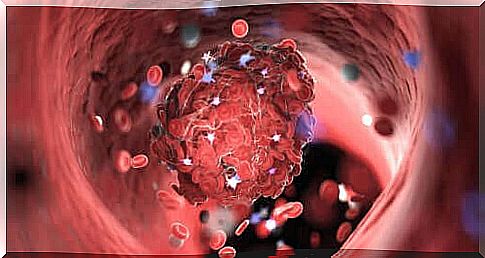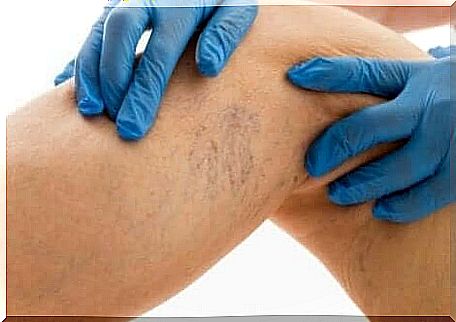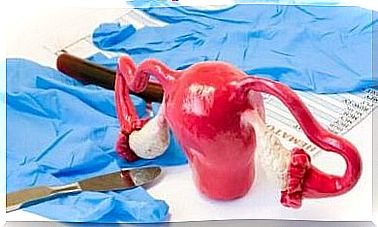Virchowin Triadi

The Virchow triad represents three changes that take place within blood vessels that determine whether a blood clot forms in a vein. This is also called venous thromboembolism.
The triad was first described by German pathologist Rudolf Virchow more than 150 years ago. He first defined the conditions required for the formation and spread of a blood clot.
We begin by describing the Virchow triad and then several definitions to help us understand venous thrombosis and its health risks.
What does the Virchow triad describe?
The Virchow triad comprises three changes:
- Circulatory abnormalities
- Hypercoagulation: A condition that promotes the formation of blood clots
- Endothelial damage: These are damage inside the blood vessels
There are prothrombotic conditions that promote the emergence of triads. When they combine, the platelets pack into a kind of trap that is adhered to by neutrophils. Platelets and neutrophils form a blood clot and lead to thromboembolic disease.
What does prothrombotic condition mean?
The prothrombotic condition is either hereditary or acquired and contributes to the emergence of the Virchow triad. The status is the result of either editable or non-editable risk factors.
For example, gene mutations associated with coagulation factors can lead to a prothrombotic condition. This heredity is difficult or impossible to affect, as we are at risk from the moment we breed.
On the other hand, there are some diseases that affect the whole body that increase the tendency of the blood to clot, such as cancer, high arterial blood pressure, kidney disease, and chronic venous disease. People with varicose veins and venous insufficiency are particularly vulnerable.
Lifestyles and habits are also significant factors in the plug formation equation. Overweight people and smokers are at risk. The risk of blood clots in the legs also increases for people who have to travel long distances on an airplane or who are otherwise stationary for a long time.
Birth control pills containing estrogen should be mentioned separately. The physician should always consider the patient’s risk of thrombosis when prescribing them. During pregnancy, uterine pressure in the vessels leading to the lower limbs slows blood circulation, which also contributes to the formation of the Virchow triad.
Other related situations include:
- COPD
- Air pollution
- Lower limb injuries
- Long stay (more than 48 hours) in a hospital bed

What is venous thromboembolism?
Venous thromboembolism comprises two entities that can cause vascular dysfunction and death. They are the most common preventable causes of death in hospital patients:
- Deep vein thrombosis
- Pulmonary embolism
The blood clot may remain in place or be transported with the bloodstream elsewhere. If it gets stuck, it turns into an embolism, or blood clot, and when it travels to the heart, it enters the pulmonary circulation.
Lower limb thrombosis is the most common. It manifests as redness, tenderness of touch, heat, cramps and also pain in the area.
If a blood clot forms and with it a pulmonary embolism, symptoms include shortness of breath, fainting, low blood pressure and bluish skin. The consequences are fatal if the space is not managed quickly and effectively.
How are problems with the Virchow triad identified?
A common way to diagnose deep vein thrombosis is with Doppler ultrasound imaging of the deep vein system. Your doctor will examine your bloodstream for blockages and assess whether the veins are narrowing.
In difficult-to-diagnose or uncertain cases, computed tomography or magnetic resonance imaging of the suspicious limb may be performed.
For pulmonary embolism, the primary method of diagnosis is computed tomography of the lungs. Lung gamma imaging, which is one diagnostic test, is sometimes preferred.

Why is the Virchow triad so important?
As we know more about blood clotting and the Virchow triad, hospitalizations related to blood clots have decreased. We can prevent more and more deaths from these causes.
A healthy lifestyle and caring for the limbs is also very important to reduce the risk of hypercoagulability in the bloodstream. Talk to your doctor if you have any questions about ways to protect yourself from these problems.









